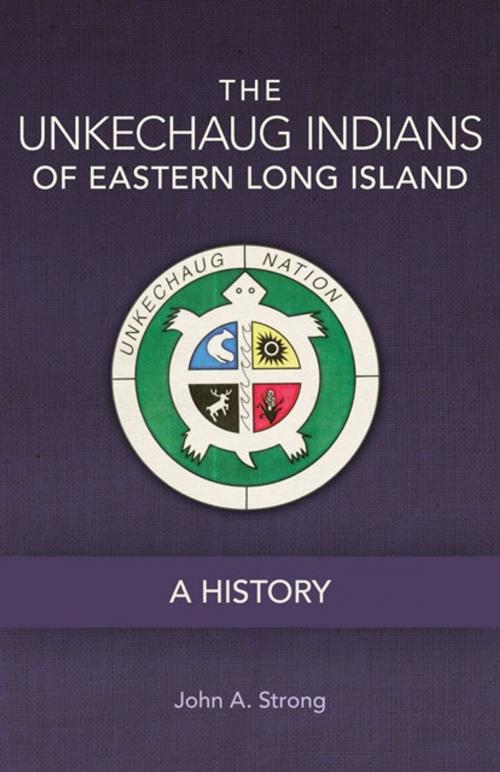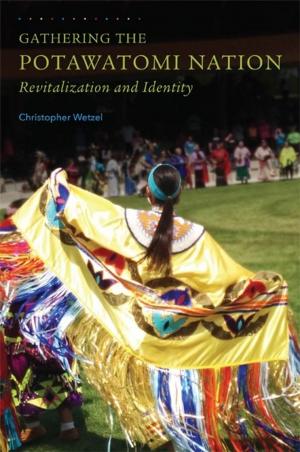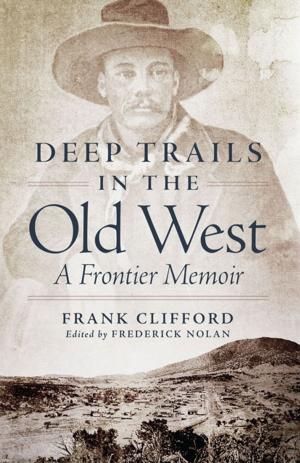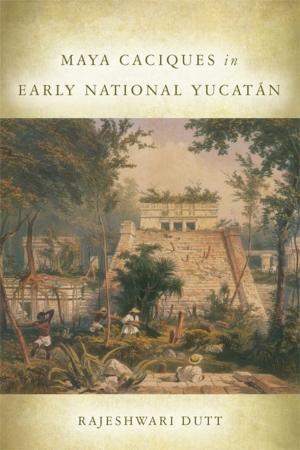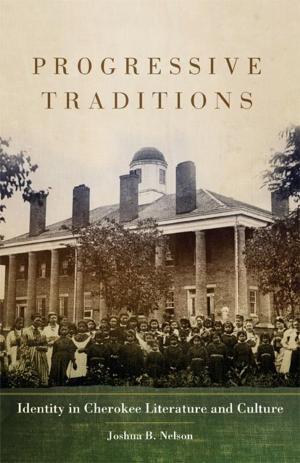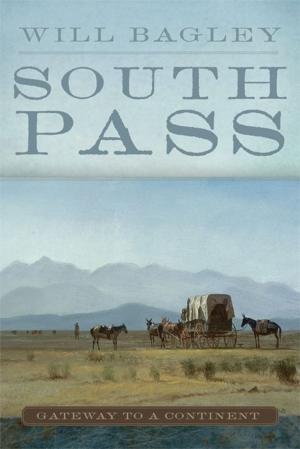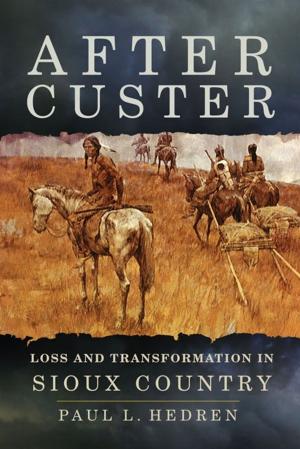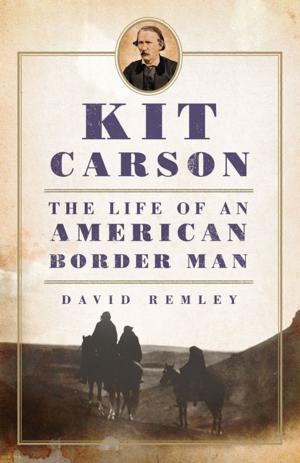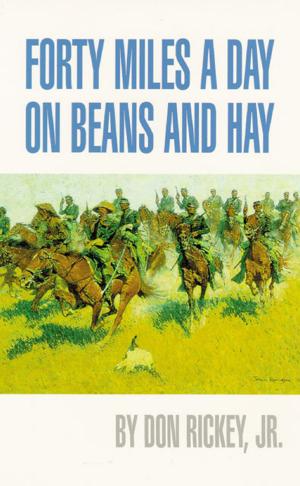The Unkechaug Indians of Eastern Long Island
A History
Nonfiction, Social & Cultural Studies, Social Science, Cultural Studies, Native American Studies, History, Americas, Native American, United States| Author: | John A. Strong | ISBN: | 9780806189499 |
| Publisher: | University of Oklahoma Press | Publication: | February 14, 2013 |
| Imprint: | University of Oklahoma Press | Language: | English |
| Author: | John A. Strong |
| ISBN: | 9780806189499 |
| Publisher: | University of Oklahoma Press |
| Publication: | February 14, 2013 |
| Imprint: | University of Oklahoma Press |
| Language: | English |
Few people may realize that Long Island is still home to American Indians, the region’s original inhabitants. One of the oldest reservations in the United States—the Poospatuck Reservation—is located in Suffolk County, the densely populated eastern extreme of the greater New York area. The Unkechaug Indians, known also by the name of their reservation, are recognized by the State of New York but not by the federal government. This narrative account—written by a noted authority on the Algonquin peoples of Long Island—is the first comprehensive history of the Unkechaug Indians.
Drawing on archaeological and documentary sources, John A. Strong traces the story of the Unkechaugs from their ancestral past, predating the arrival of Europeans, to the present day. He describes their first encounters with British settlers, who introduced to New England’s indigenous peoples guns, blankets, cloth, metal tools, kettles, as well as disease and alcohol.
Although granted a large reservation in perpetuity, the Unkechaugs were, like many Indian tribes, the victims of broken promises, and their landholdings diminished from several thousand acres to fifty-five. Despite their losses, the Unkechaugs have persisted in maintaining their cultural traditions and autonomy by taking measures to boost their economy, preserve their language, strengthen their communal bonds, and defend themselves against legal challenges.
In early histories of Long Island, the Unkechaugs figured only as a colorful backdrop to celebratory stories of British settlement. Strong’s account, which includes extensive testimony from tribal members themselves, brings the Unkechaugs out of the shadows of history and establishes a permanent record of their struggle to survive as a distinct community.
Few people may realize that Long Island is still home to American Indians, the region’s original inhabitants. One of the oldest reservations in the United States—the Poospatuck Reservation—is located in Suffolk County, the densely populated eastern extreme of the greater New York area. The Unkechaug Indians, known also by the name of their reservation, are recognized by the State of New York but not by the federal government. This narrative account—written by a noted authority on the Algonquin peoples of Long Island—is the first comprehensive history of the Unkechaug Indians.
Drawing on archaeological and documentary sources, John A. Strong traces the story of the Unkechaugs from their ancestral past, predating the arrival of Europeans, to the present day. He describes their first encounters with British settlers, who introduced to New England’s indigenous peoples guns, blankets, cloth, metal tools, kettles, as well as disease and alcohol.
Although granted a large reservation in perpetuity, the Unkechaugs were, like many Indian tribes, the victims of broken promises, and their landholdings diminished from several thousand acres to fifty-five. Despite their losses, the Unkechaugs have persisted in maintaining their cultural traditions and autonomy by taking measures to boost their economy, preserve their language, strengthen their communal bonds, and defend themselves against legal challenges.
In early histories of Long Island, the Unkechaugs figured only as a colorful backdrop to celebratory stories of British settlement. Strong’s account, which includes extensive testimony from tribal members themselves, brings the Unkechaugs out of the shadows of history and establishes a permanent record of their struggle to survive as a distinct community.
